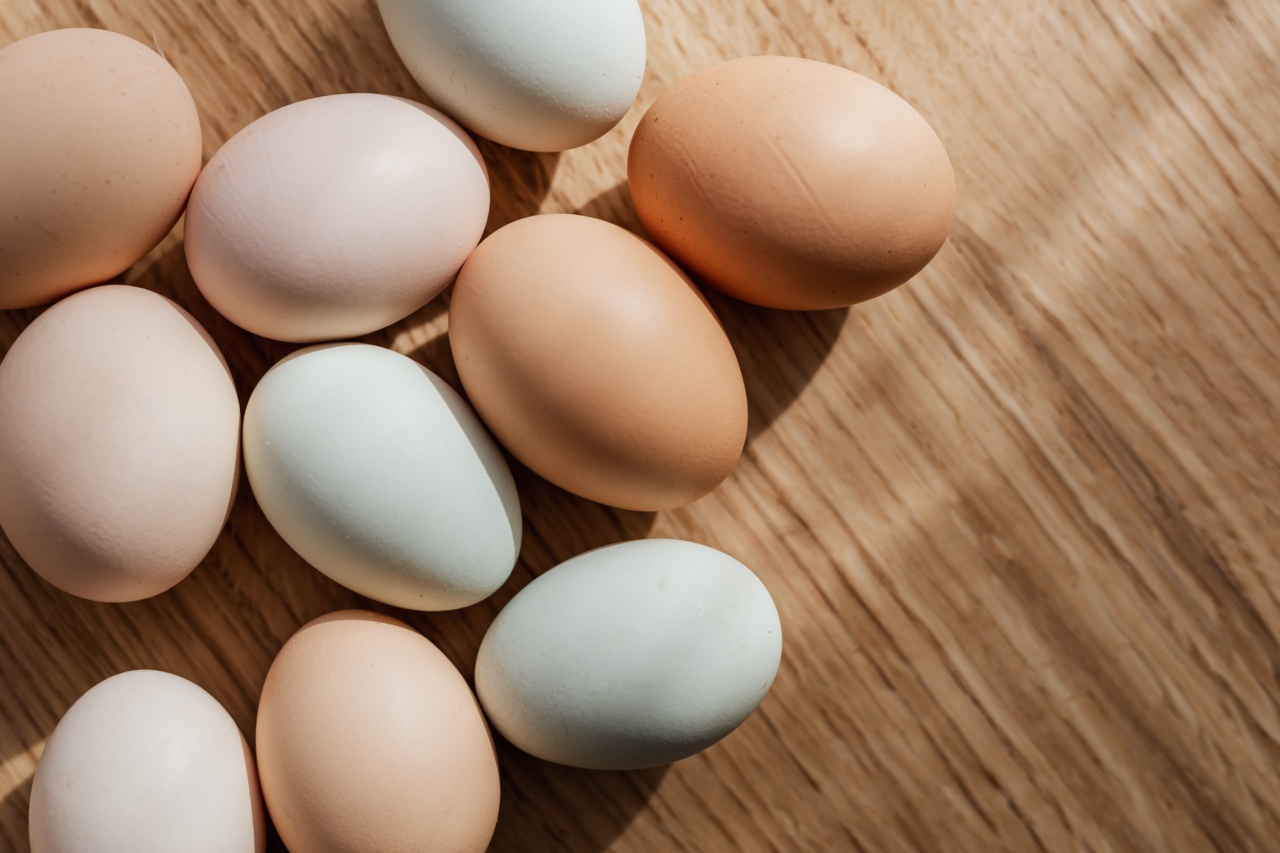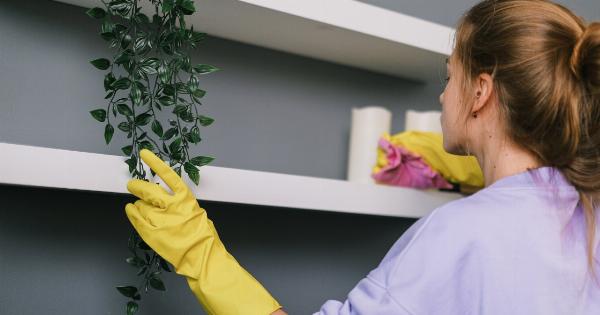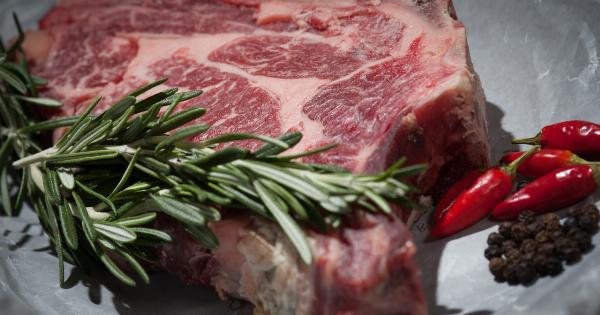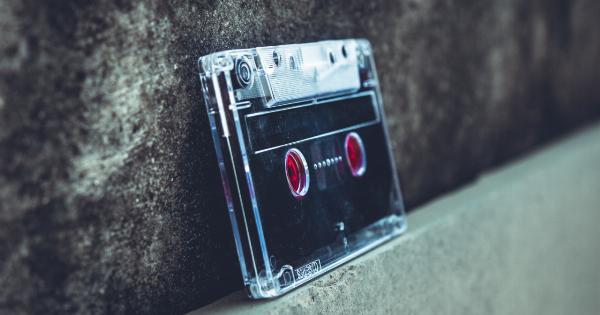Handling raw chicken requires special attention to prevent foodborne illnesses. Chicken is a delicious and versatile protein source, but it can also harbor harmful bacteria if not handled correctly.
In this article, we will discuss some common errors to avoid when handling raw chicken to stay healthy and minimize the risk of foodborne illnesses.
1. Not washing hands properly
One of the most critical steps in handling raw chicken is to wash your hands thoroughly before and after handling it. Many people underestimate the importance of proper handwashing. Use warm water and soap to scrub your hands for at least 20 seconds.
This helps to remove any bacteria that may be present on your hands.
2. Washing raw chicken
Contrary to popular belief, washing raw chicken under running water is not recommended. When you wash chicken, the water splashes contaminants onto your hands, utensils, and kitchen surfaces, spreading potential harmful bacteria like Salmonella.
Cooking chicken thoroughly is enough to kill any bacteria present, so there is no need to wash it before cooking.
3. Cross-contamination
Cross-contamination occurs when raw chicken and its juices come into contact with ready-to-eat foods or surfaces that will come into contact with other foods.
To avoid cross-contamination, always keep raw chicken separate from other foods, especially fruits, vegetables, and ready-to-eat foods like salads. Use different cutting boards, utensils, and plates for raw chicken to prevent the spread of bacteria.
4. Thawing chicken at room temperature
Thawing chicken at room temperature is a common mistake that can lead to bacterial growth. The outer layer of the chicken thaws faster than the inside, creating an ideal temperature for bacteria to multiply.
To safely thaw chicken, use the refrigerator, cold water, or the defrost function on your microwave. These methods ensure that the chicken stays at a safe temperature throughout the thawing process.
5. Not using a meat thermometer
When cooking chicken, it is essential to cook it to the proper internal temperature to kill any harmful bacteria.
Many people rely on visual cues like color or texture to determine if the chicken is cooked thoroughly, but these indicators are not always reliable. Invest in a meat thermometer to ensure that your chicken reaches an internal temperature of 165°F (75°C) to kill any potential bacteria.
6. Storing raw chicken incorrectly
Proper storage of raw chicken is crucial to prevent bacterial growth. Always store raw chicken in a disposable plastic bag or a leak-proof container on the bottom shelf of the refrigerator to prevent any drips or juices from contaminating other foods.
Ensure that the chicken is well-sealed to avoid cross-contamination with other items in the fridge.
7. Marinating chicken at room temperature
Marinating chicken is a great way to add flavor, but marinating at room temperature can lead to bacterial growth. Always marinate chicken in the refrigerator to keep it at a safe temperature.
If you want to use the marinade for basting or as a sauce, reserve a portion before adding the chicken to prevent any cross-contamination.
8. Leaving leftovers at room temperature for too long
After cooking chicken, it is important to store leftovers promptly to prevent bacterial growth. Leaving cooked chicken at room temperature for more than 2 hours increases the risk of bacterial contamination.
Divide the leftovers into shallow containers to cool them quickly and store them in the refrigerator. Consume the leftovers within 2-3 days or freeze them for longer storage.
Conclusion
By avoiding these common errors when handling raw chicken, you can significantly reduce the risk of foodborne illnesses.
Remember to wash your hands properly, prevent cross-contamination, thaw chicken safely, cook it to the correct temperature, store it correctly, and refrigerate leftovers promptly. Following these guidelines will help you enjoy delicious and safe chicken meals while protecting your health.




























